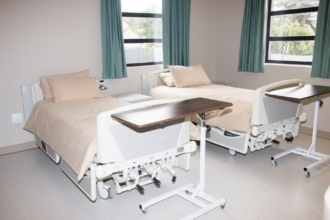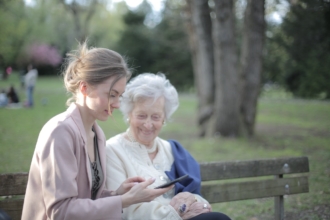IDG meeting templates
- Meeting agenda
- General updates
- CPlan of care
One of the foundational components of a high-quality hospice experience is the interdisciplinary group or IDG, sometimes referred to as the interdisciplinary team (IDT).
According to Part 418 of the Code of Federal Regulations, hospices must designate at least one IDG composed of individuals across different disciplines who work together to “meet the physical, medical, psychosocial, emotional, and spiritual needs of the hospice patients and families facing terminal illness and bereavement.”
The CFR is an official publication that organizes the various rules put forth by government agencies via the Federal Register. Section 418.56 of the CFR (part of the rules pertaining to public health) sets requirements for hospice IDGs, care planning, and coordination of services.
While the CFR doesn’t note specifically that hospices must have formal meetings, IDG meetings are a common activity since they naturally satisfy the following requirements:
- Reviewing and documenting plans of care for patients at least every 15 calendar days
- Developing and maintaining a system of communication for sharing information and coordinating care
IDG meetings can be productive, but most tend to suffer from some common problems that threaten their effectiveness, such as taking too long, staff coming unprepared, and an unfocused team.
One way to address these issues is by using hospice IDG templates. Keep reading to get a look at a few core templates that support meeting management and preparedness.
3 hospice IDG meeting templates
1. Meeting agenda
Every IDG meeting should have an agenda so all parties know what the discussion topics will be and when the meeting will address them. Everyone can then plan accordingly, offering information and asking questions in sync with the meeting flow.
Agendas don’t have to be detailed. A basic hospice IDG meeting agenda template should include the following topic areas:
- Opening remarks
- Agenda overview
- General updates
- Deaths and bereavement
- Patient review
- Completion of plans of care
- Education
- Announcements
- Wrap-up
To ensure everyone has sufficient time to prepare, send out your agenda a day or two before the scheduled meeting. Be consistent with your timing so everyone can anticipate when they’ll receive agendas and can start to prepare.
2. General updates
Before discussing individual patients — which will likely represent the bulk of the meeting time — it’s useful to walk through changes in your census. Everyone should remain aware of the influx and outflux of patients under your hospice’s care. A hospice IDG template covering patient status should include the following items:
- Current patients
- Pending patients
- Admits
- Discharges
- Deaths
3. Plan of care
You must provide an individualized plan of care to every patient under the care of your hospice, and it must adhere to the requirements in the condition of participation section of the CFR.
The CFR dictates the content of a plan of care, but it doesn’t stipulate how it should look. During your IDG meetings, when you’re discussing patient reviews, consider using a SOAP note form to quickly record information about a patient in an organized manner.
SOAP refers to a system of organizing patient information and stands for subjective data, objective information, assessment, and plan.
Alternatively, you can use a simpler templated form, such as this patient progress report, which has fewer fields to complete. This form may make more sense if your IDG is meeting more frequently than the required 15-day minimum, when it’s less likely a patient has had significant changes across multiple care categories.
Effective hospice IDG management and more with Jotform
Chances are good that your IDG meeting isn’t the only area of hospice operations that could use an efficiency boost. Admissions, discharges, and approvals are all core functions that could benefit from the right forms and processes.
You can streamline all your hospice operations with Jotform Enterprise, secure hospice management software that can make it easier for your hospice to focus less on paperwork and more on patient care.
One of Jotform’s key features is its easy-to-build forms that can help you do more in less time. Easily address hospice referrals, transfers, nursing assessments, and a number of other hospice needs.
You can also easily build approval workflows, simplify scheduling, take advantage of analytics and reporting capabilities, and much more.
Photo by Andrea Piacquadio


















Send Comment: